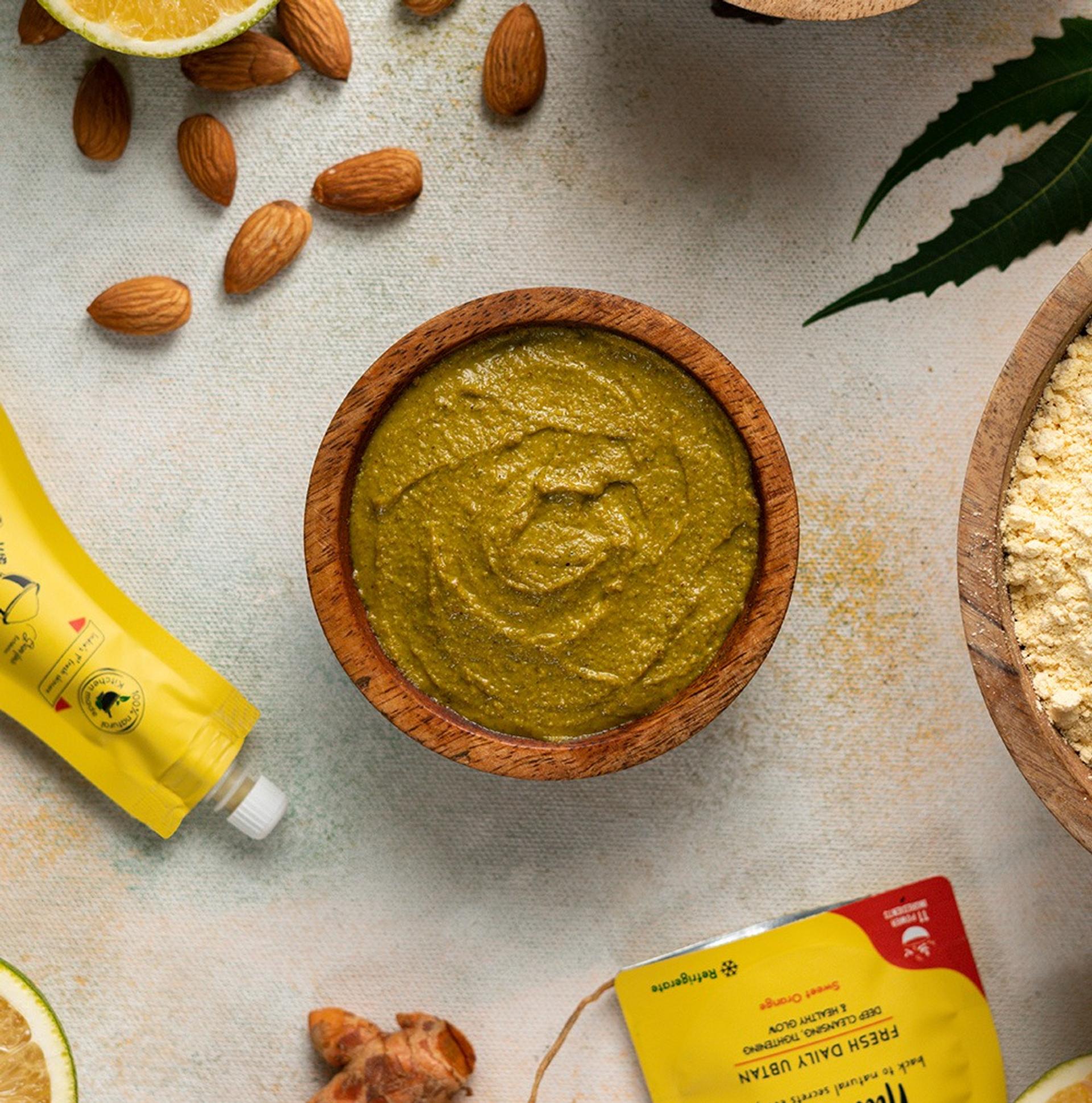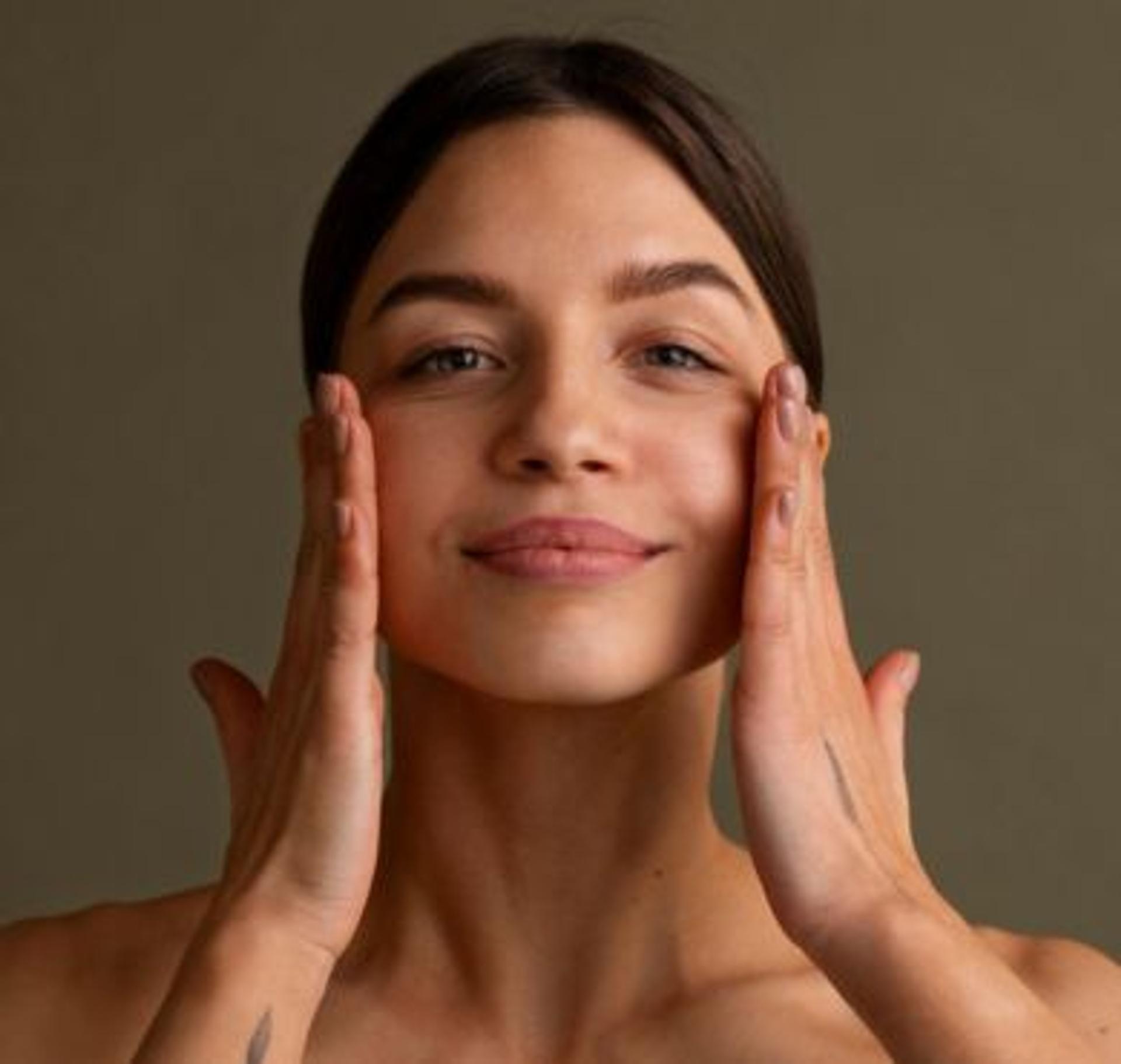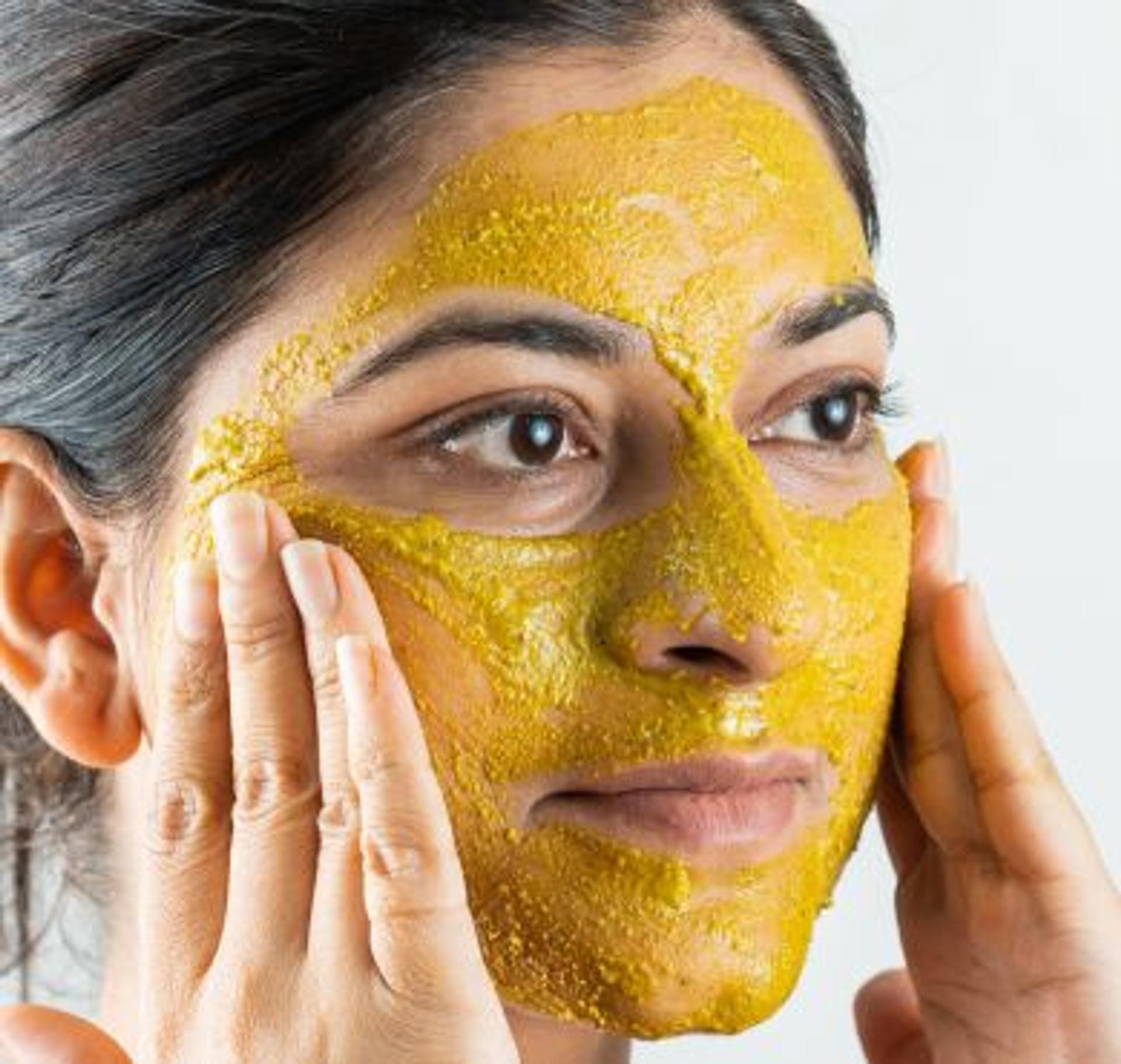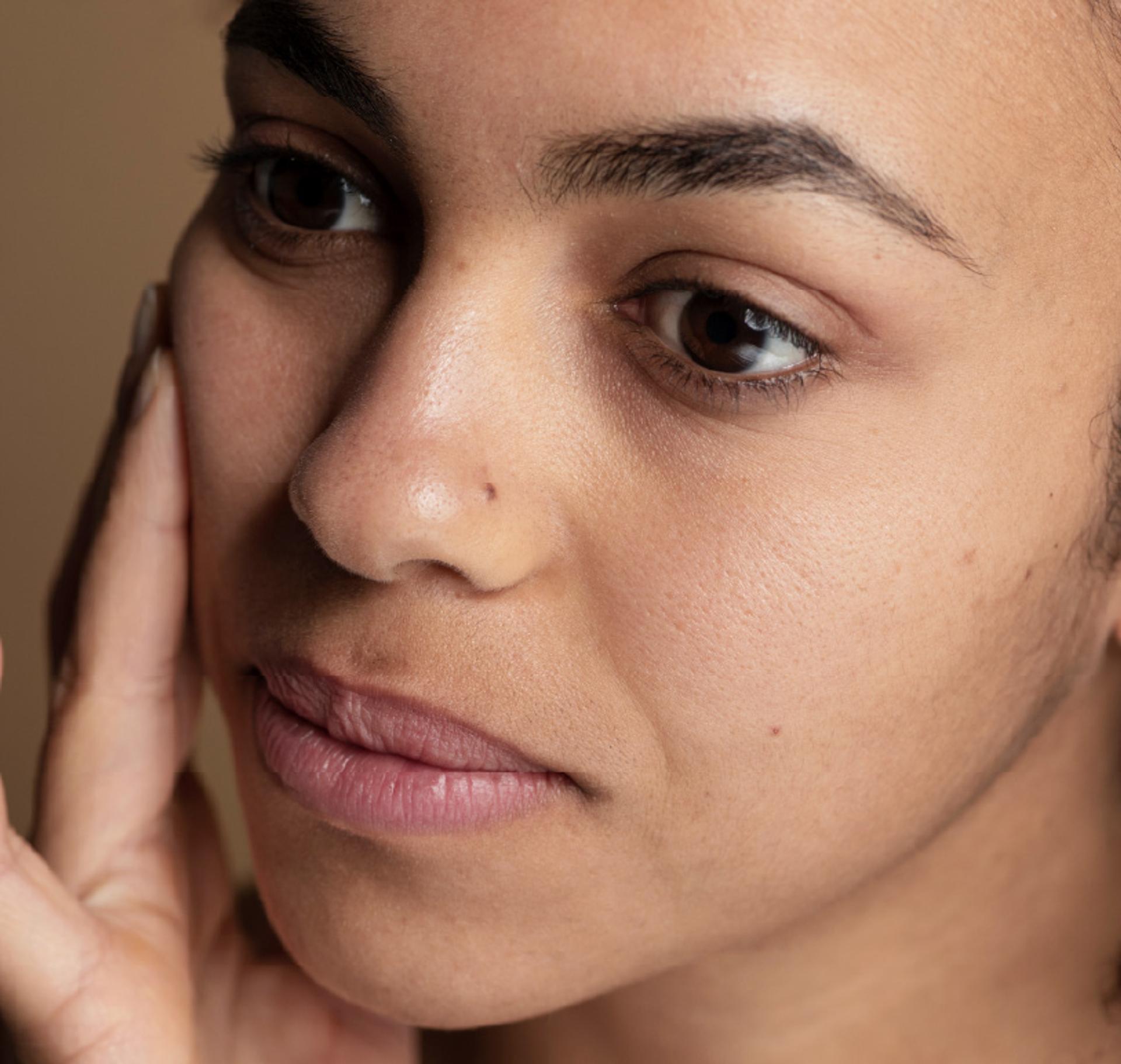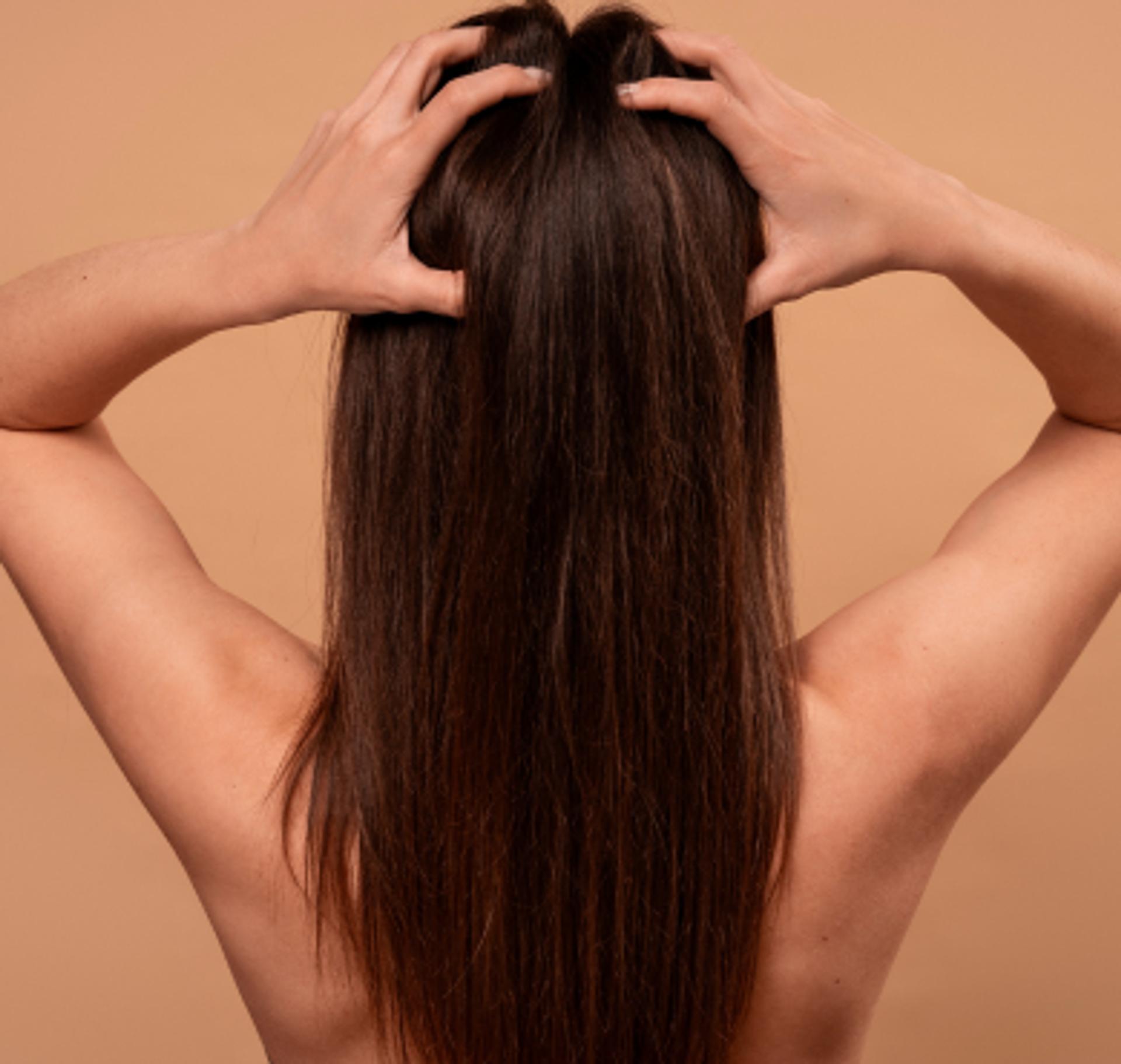
What Goes on the Scalp, Goes in the Scalp
By Nat Habit
Serums, shampoos, oils, masks, sprays, treatments — our scalp faces a daily onslaught of products. But is it really just the scalp absorbing all this, or is our entire body involved? Science and biology both say the latter. The scalp isn’t just a surface; it’s a gateway. Whatever we apply to it doesn’t just stay on the surface — it penetrates, entering deeper layers and ultimately the body itself.
Understanding Scalp Absorption
How Substances Enter the Body
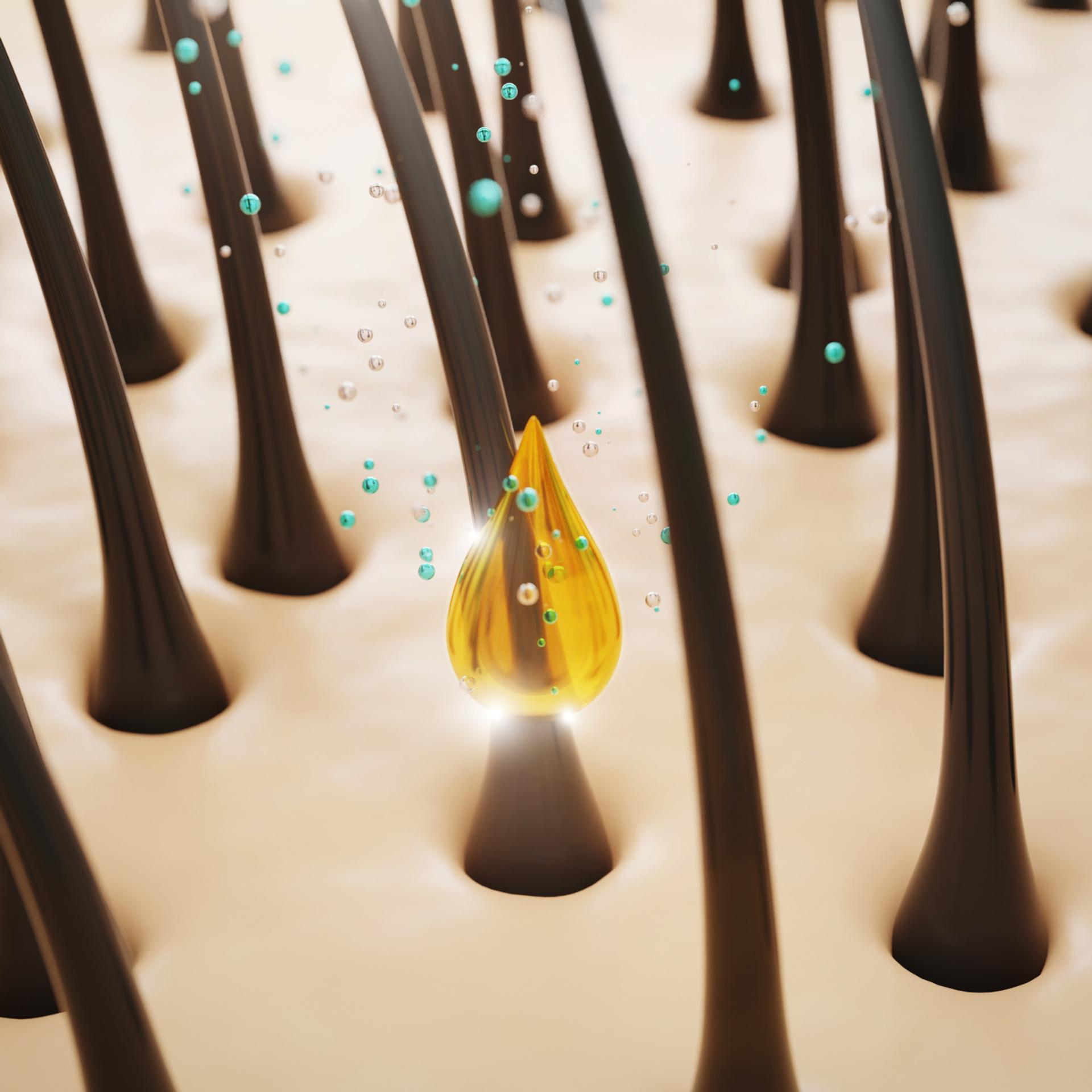
The scalp is a uniquely vascularized and porous organ, covered with thin skin that hosts numerous hair follicles, sebaceous glands, sweat glands, and an extensive capillary network. This rich vascular supply facilitates efficient nutrient delivery but also increases the potential for topical substances to penetrate through the skin barrier and enter systemic circulation.
The permeability of the scalp depends largely on the molecular size, lipophilicity, and solubility of the compounds applied. Small, lipophilic molecules can penetrate more readily through the stratum corneum and into deeper dermal layers. Once past the epidermal barrier, these molecules can reach the dense network of capillaries and emissary veins located beneath the scalp.
The Bi-Directional Nature of Scalp Veins and Potential Risks
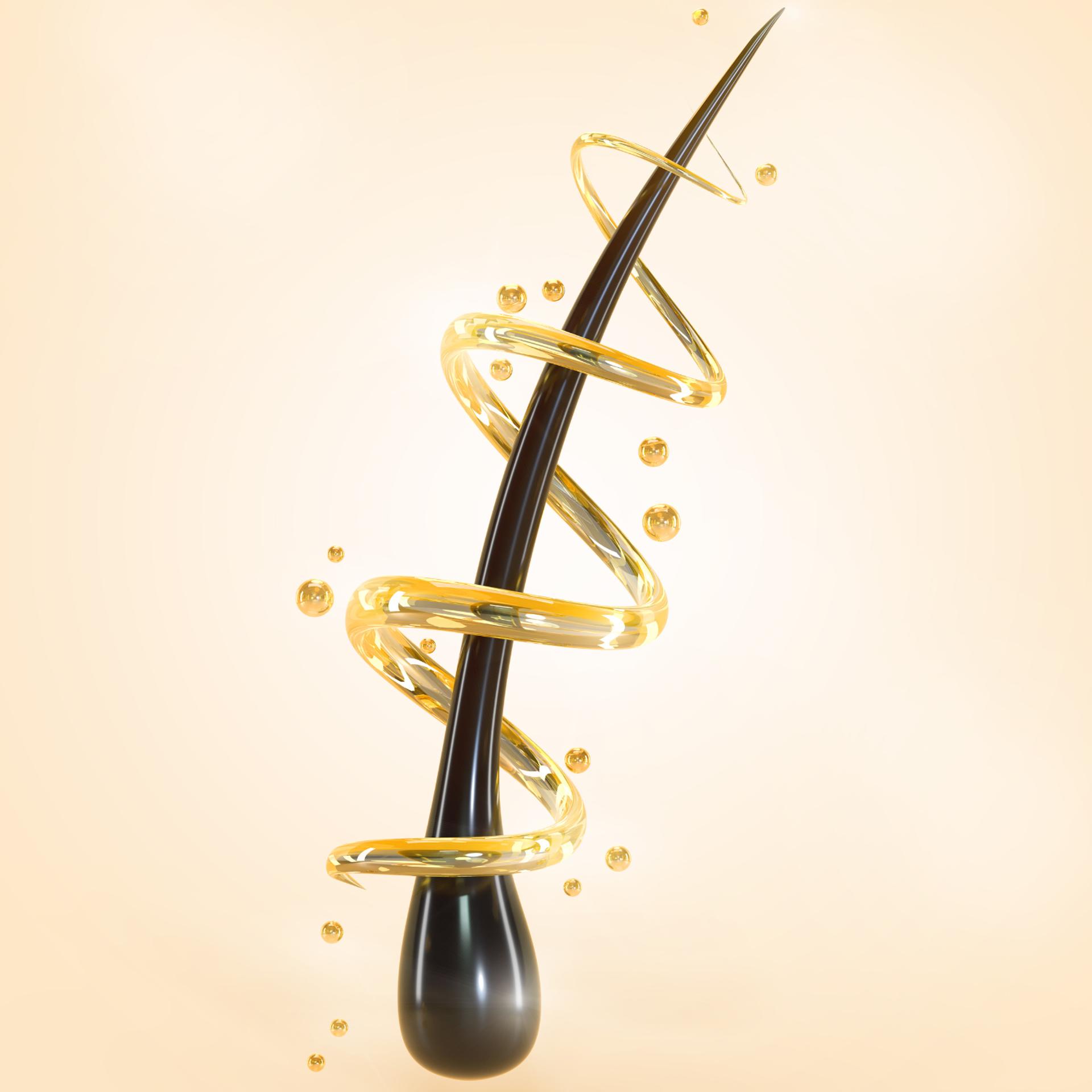
Within the scalp lie emissary veins—unique venous channels that connect the extracranial veins of the scalp with the intracranial venous sinuses. These veins are distinctive because they lack valves, allowing blood to flow in both directions. This bidirectional blood flow means that substances absorbed through the scalp can theoretically reach the brain or systemic circulation, raising concerns about the potential systemic effects of topical haircare ingredients.
For example, several synthetic chemicals commonly found in haircare products - parabens, phthalates, sulfates, synthetic fragrances, and certain preservatives are known to penetrate skin and may exert endocrine-disrupting effects, provoke allergic reactions, or cause skin irritation over prolonged exposure. Studies have linked these compounds to hormone imbalances, neurotoxicity, and even carcinogenicity in some cases.
Why Natural Ingredients Are Safer and More Effective
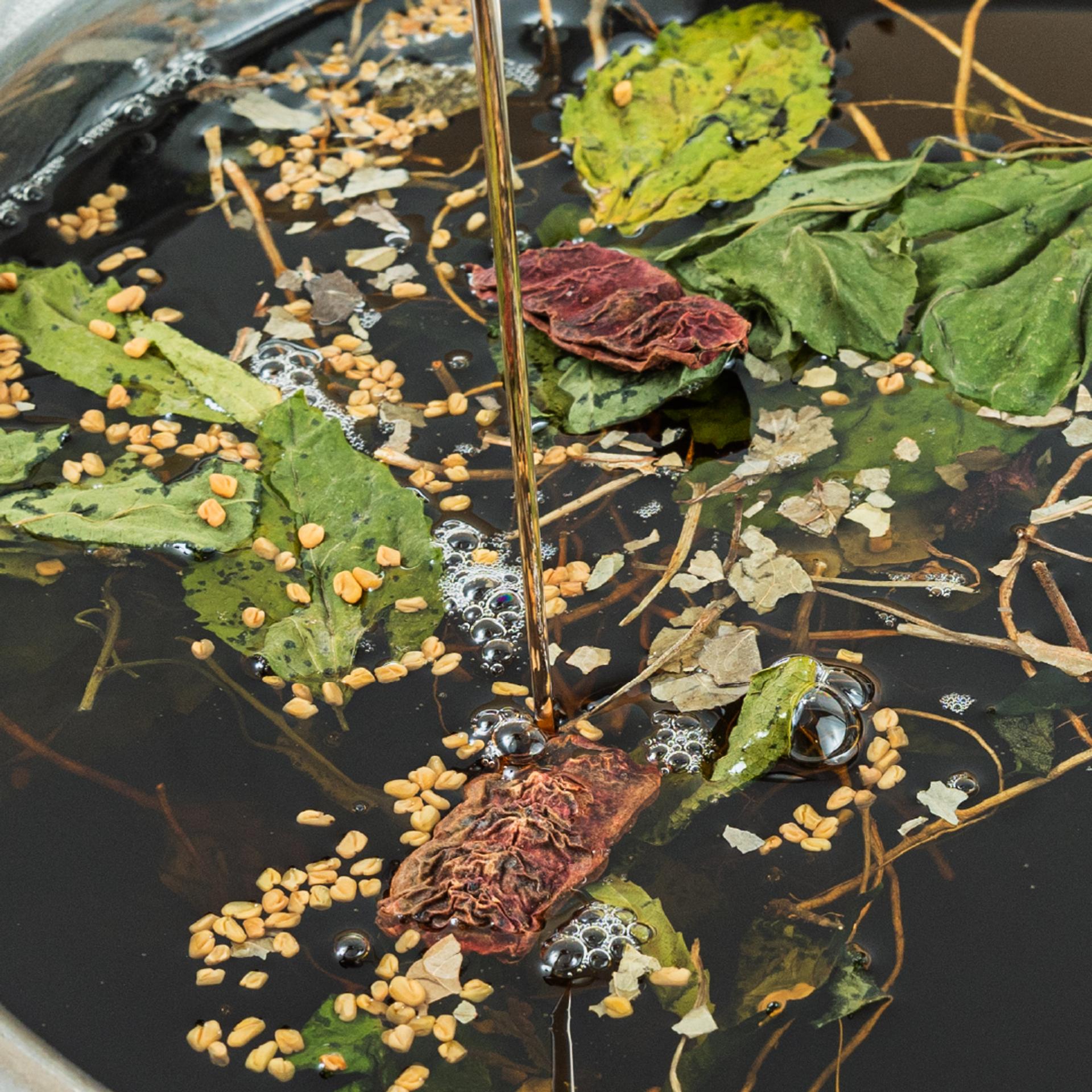
Natural ingredients such as aloe vera, coconut oil, rosemary, and tea tree oil have demonstrated skin-friendly, anti-inflammatory, and antimicrobial properties without the systemic risks associated with synthetic chemicals. Their molecular structures often align well with skin physiology, enabling nourishment and repair without disrupting the skin barrier or systemic toxicity.
For instance:
- Aloe Vera contains polysaccharides and amino acids that promote skin hydration, support barrier repair, and soothe inflammation.
- Coconut Oil provides medium-chain fatty acids that reinforce lipid layers and possess antimicrobial effects.
- Rosemary and Tea Tree Oils have natural antiseptic and anti-inflammatory compounds, such as cineole and terpinen-4-ol, which can support scalp health by reducing microbial load and irritation.
These botanicals deliver benefits topically and support scalp microbiome balance, crucial for maintaining hair follicle function and healthy hair growth.
Making Informed Choices for Scalp and Body Health
Given the scalp’s permeability and its vascular connectivity, it is essential to be vigilant about what ingredients we introduce onto this sensitive organ. Opting for natural, organic, and transparently formulated haircare products can minimize the risk of systemic exposure to harmful chemicals while nourishing the scalp and hair holistically.
Educating oneself on ingredient safety, avoiding harmful synthetic additives, and supporting products with scientific validation can transform haircare from a superficial routine into a health-promoting ritual. Remember: less is more when it comes to chemicals, and embracing nature’s goodness can pave the way for stronger, healthier, and more radiant hair—inside and out.
Learn more
